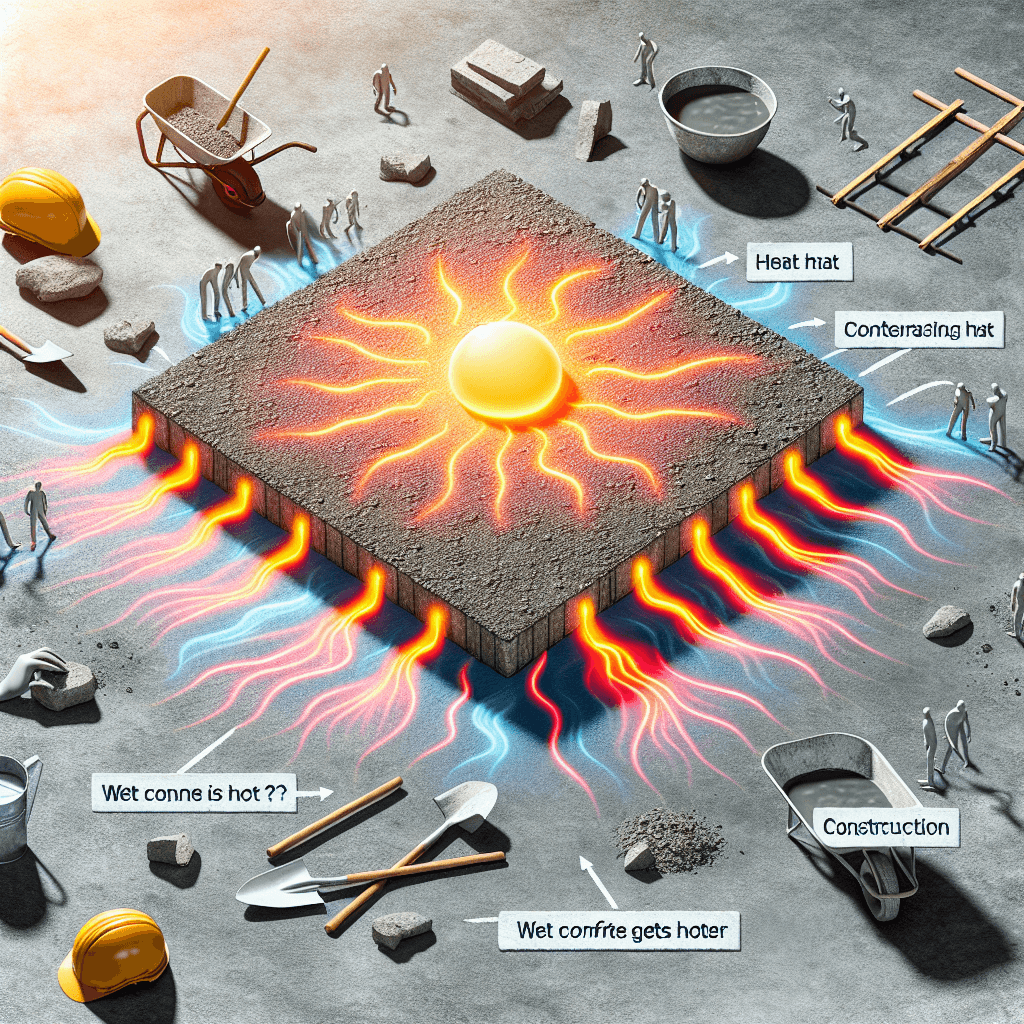Why was bubble wrap originally invented to be textured 3D wallpaper
Forget cushioning packages – bubble wrap's surprising origin story involves textured 3D wallpaper! Discover the bizarre, unintended journey from a failed design to a beloved packing material.


Too Long; Didn't Read
Bubble wrap was invented in 1957 by engineers Alfred Fielding and Marc Chavannes as a textured 3D wallpaper. When this application failed commercially, they tried marketing it as greenhouse insulation. The material only found success when Frederick Bowers pitched it to IBM as protective packaging for their new computers, transforming the failed wallpaper into the ubiquitous packing material we know today.
Pop Goes the Wallpaper: Why Was Bubble Wrap Originally Invented to Be Textured 3D Decor?
That satisfying pop! For most of us, bubble wrap is synonymous with protecting fragile items during shipping or, let's be honest, a delightful stress reliever. But what if I told you this ubiquitous packing material wasn't originally designed for parcels at all? Its inventors had a much more... domestic vision. Prepare to have your perception of this bubbly plastic turned inside out. This post delves into the surprising origin story of a common household item, exploring the fascinating answer to the question: Why was bubble wrap originally invented to be textured 3D wallpaper?
The Spark of Invention: Aiming for Avant-Garde Walls
The story begins in 1957 with two engineers, Alfred Fielding and Marc Chavannes. In a Hawthorne, New Jersey garage, they weren't thinking about cushioning electronics; they were chasing the next big thing in interior design. Their goal? To create a novel, textured wallpaper.
Their idea involved sealing two plastic shower curtains together in such a way that air bubbles were trapped between the layers. They envisioned this creating a unique, three-dimensional effect on walls, tapping into the burgeoning post-war interest in modern aesthetics and new materials. They believed this textured plastic sheeting could be easily wiped clean and offer a futuristic look unavailable with traditional paper coverings.
The Process: Sealing the Bubbles
Fielding and Chavannes experimented with heat-sealing techniques, managing to create sheets of plastic with entrapped air bubbles. This was the technical birth of what we now know as bubble wrap. The key elements were:
- Using two sheets of plastic film.
- Running them through a heat-sealing machine designed with specific indentations.
- Successfully trapping air in pockets between the layers.
Their initial prototype looked remarkably similar to the bubble wrap we use today, albeit intended for a completely different purpose.
Wallpaper Woes: A Concept That Didn't Stick
Despite the inventors' enthusiasm, their textured 3D wallpaper concept failed to gain traction. They pitched their bubbly wall covering, but the market simply wasn't interested. Several factors likely contributed to this failure:
- Aesthetics: While innovative, the look might have been too unconventional for mainstream tastes at the time.
- Practicality: Questions might have arisen about durability, repair, and perhaps even the long-term appeal of plastic-covered walls.
- Market Readiness: The interior design world might not have been ready for such a radical departure from traditional materials.
The dream of bubble-covered living rooms popped before it ever truly inflated. Fielding and Chavannes had a product, but no successful application.
The Pivot: From Walls to Greenhouses to Protection
Undeterred, the inventors sought alternative uses for their bubbly creation. Their next idea was to market it as greenhouse insulation. The trapped air bubbles did offer some insulating properties, but this application also proved to be a limited success.
The real breakthrough came a few years later, around 1960. Frederick W. Bowers, a marketer at their newly formed Sealed Air Corporation, had a game-changing realization. IBM had just launched its 1401 computer, a delicate and valuable piece of equipment. Bowers recognized that their air-cushioned plastic could offer superior protection during shipping compared to traditional materials like crumpled newspaper or horsehair.
He pitched the idea to IBM, demonstrating how the material could effectively cushion the sensitive electronic components. IBM was convinced, becoming Sealed Air's first major client for protective packaging. This marked the pivotal moment when bubble wrap found its true calling. The properties that made it questionable as wallpaper – the air pockets, the flexibility, the plastic nature – were perfect for cushioning fragile goods.
Bubble Wrap®: An Accidental Packaging Star
The rest, as they say, is history. Sealed Air Corporation trademarked the name Bubble Wrap® and its product quickly became the gold standard in protective packaging worldwide. Its lightweight nature reduced shipping costs, while its cushioning capabilities significantly decreased product damage.
The journey from a failed wallpaper concept to a global packaging essential is a classic tale of innovation and adaptation. It highlights how a product's intended purpose isn't always its most successful one.
Conclusion: A Happy Accident in Packaging History
So, why was bubble wrap originally invented to be textured 3D wallpaper? It stemmed from a creative, if ultimately unsuccessful, attempt by engineers Alfred Fielding and Marc Chavannes to revolutionize interior design in 1957. Their vision of bubbly walls didn't capture the public's imagination, leading them to pivot. The eventual application as protective packaging, particularly after landing IBM as a client, turned their invention into the ubiquitous product we know today. The story of bubble wrap serves as a fascinating reminder that innovation often follows unexpected paths, and sometimes, the best applications are discovered purely by accident. Next time you pop a sheet of bubble wrap, remember its humble, and surprisingly stylish, beginnings.
More Articles

Why do spinning wheels on film sometimes appear to rotate backwards?
Ever watched a car chase and sworn the wheels were spinning backward, defying physics? Uncover the fascinating optical illusion behind this common cinematic quirk.

Why does shaking a fizzy drink make it foam over when opened?
Why does shaking that can turn your refreshing drink into a sticky geyser? Uncover the fascinating bubble science behind the dreaded fizzy explosion!

Why does wet concrete actually get hot as it hardens?
Ever wondered why that wet, cool concrete mix actually generates surprising heat as it sets? Uncover the fascinating chemical reaction firing up within as it transforms from liquid to solid.